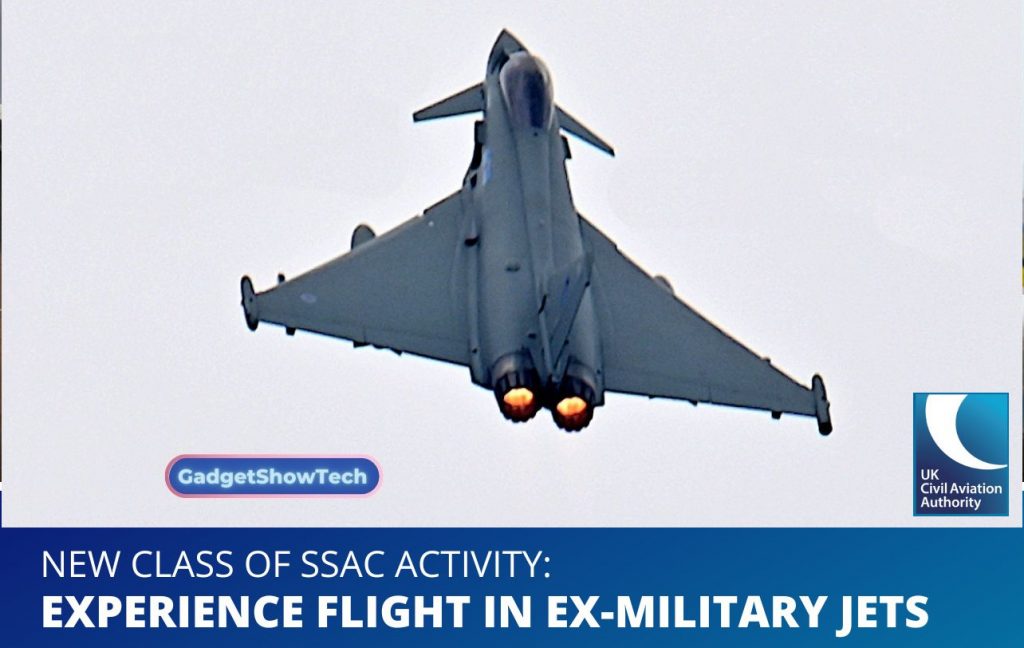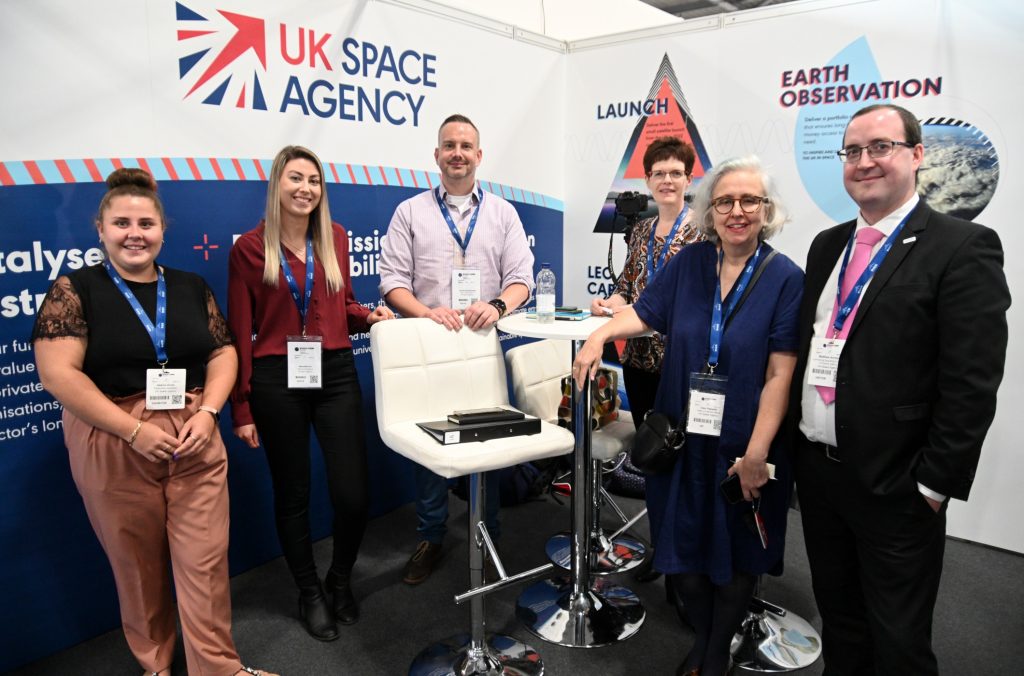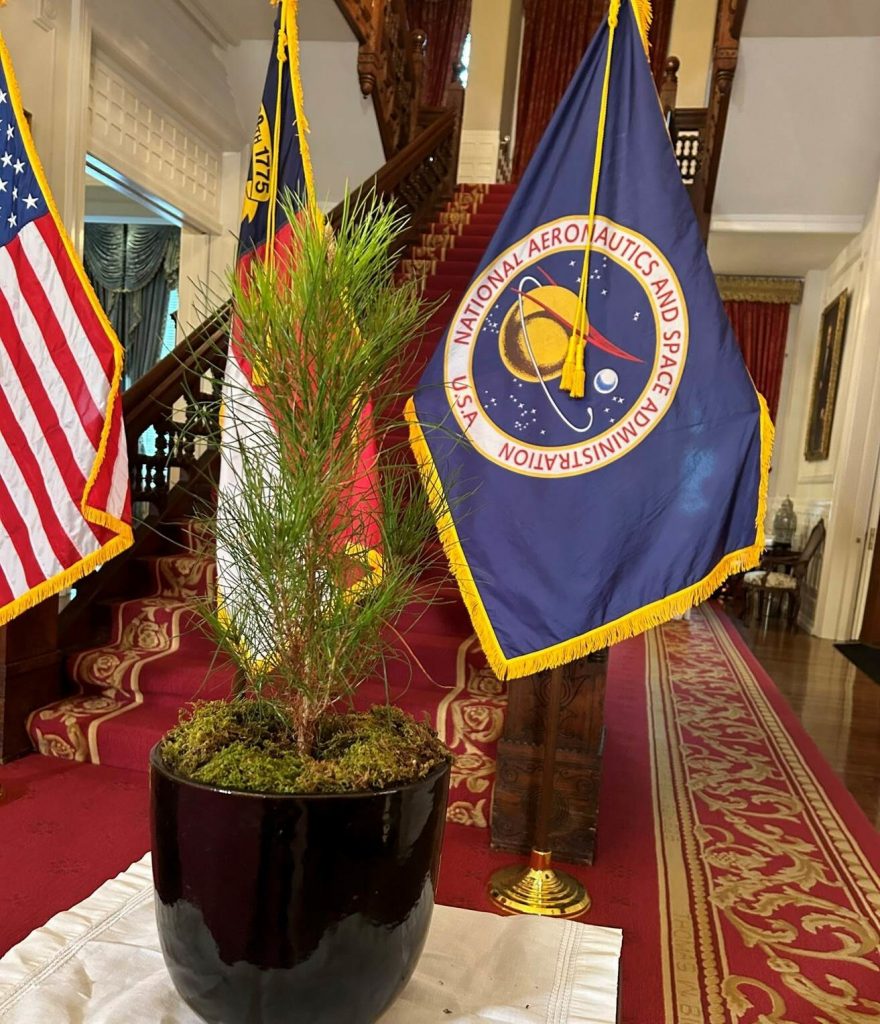The Civil Aviation Authority has announced the approval to allow people to pay for flight experiences in ex-military fighter jets following the 2022 industry consultation.
Now the general public can fly an ex-military Fighter Jets, perform aerobatic and combat manoeuvres and experience G-Forces up to 5G and speeds over 300mph.
Many are delighted to learn that passenger flights in ex-military jet aircraft are now approved and flights could start being offered as early as April 2023.
Established Classes of aviation activity include:
- Class 1: Wing-walking
- Class 2: Experience flight in an historic (single engine piston) warbird
- Class 3: Experience flight in an historic ex-military helicopter
- Class 4: Experience flight in an ex-military multi-engined (piston and
- turboprop) aeroplane
- Class 5: Experience flight in an ex-military jet aeroplane
Introductory flights can be taken on air experience tours in aircraft that meet certain conditions. These flights do not require the pilot to be an instructor or the flight to be operated under commercial air transport rules. In the UK, introductory flights must be performed either through an approved training organisation (ATO) or declared training organisation (DTO) with its principal place of business in the UK, or through an organisation created to promote aerial sport or leisure aviation that is based in the UK.
Aero Legends say “We are privileged to be the first to provide experiences under the revised framework.” They have already taken bookings for flights in the iconic BAC Strikemaster.
All flights will include a detailed pre-flight briefing covering the aircraft, equipment and safety procedures including a LIVE ejection seat.
Operators of flights must have a valid licence from the Civil Aviation Authority (CAA), as well as proof that their aircraft meet all safety, maintenance, and insurance requirements. Regular inspections and audits are conducted by the CAA to ensure that these standards are being upheld. Furthermore, the pilots must have a commercial licence to operate these flights. Passengers are given full safety briefings before boarding the aircraft and are made aware of the potential risks associated with the flight.








